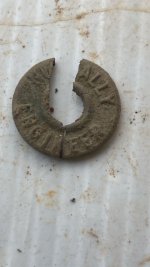I am wanting to buy my first detector (I used to love metal detecting with my dad) and would like to start with one under $500 (if possible) and one that is ok to use at the beach and elsewhere.... If anyone has a recommendation I would greatly appreciate it! Thanks!!!

Upvote
0





